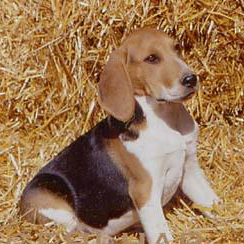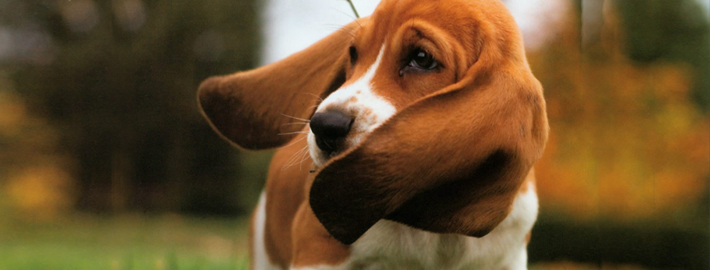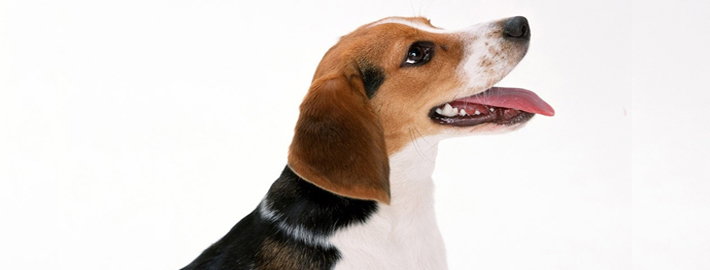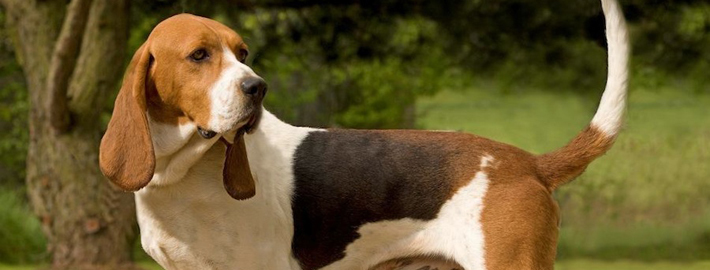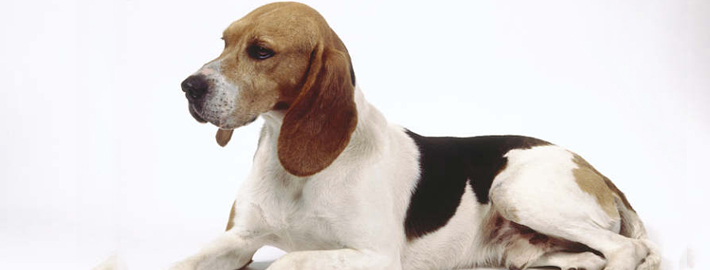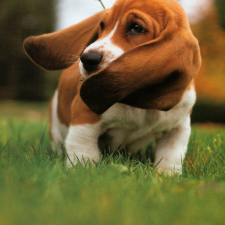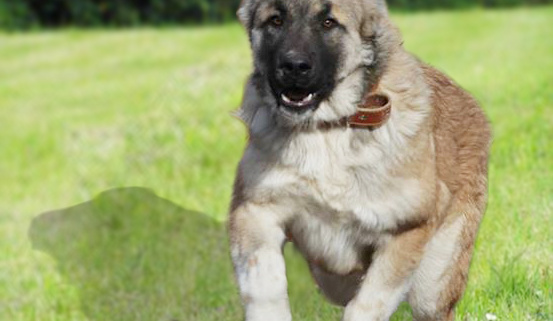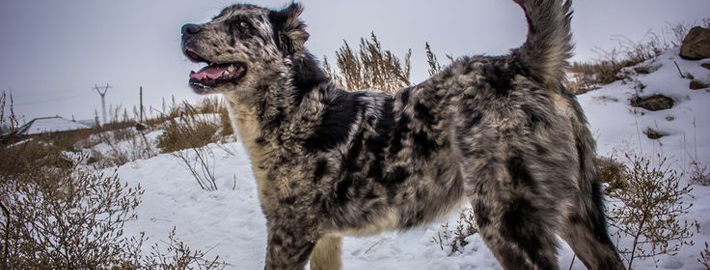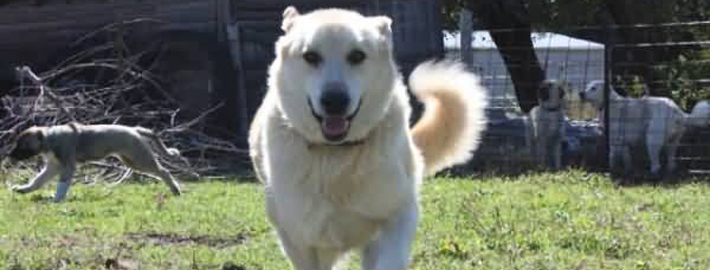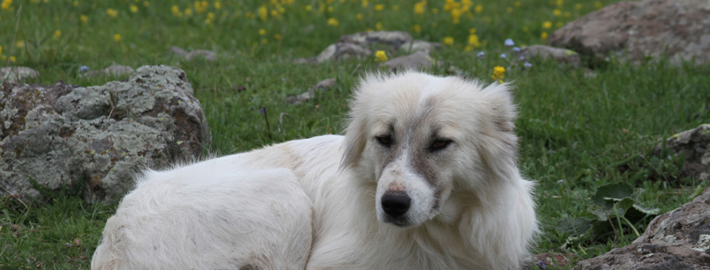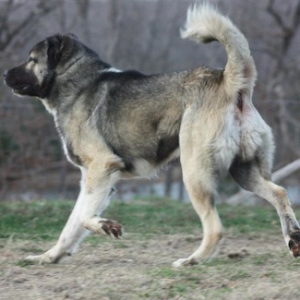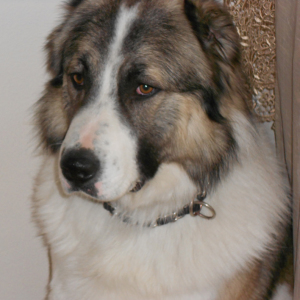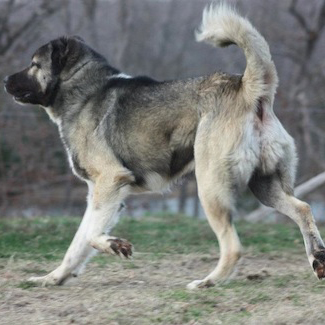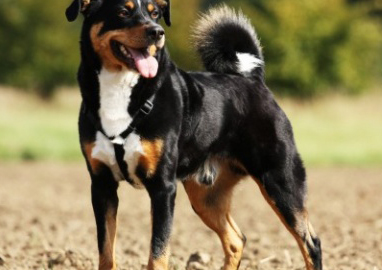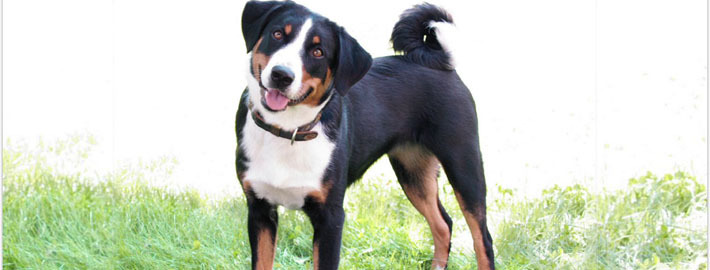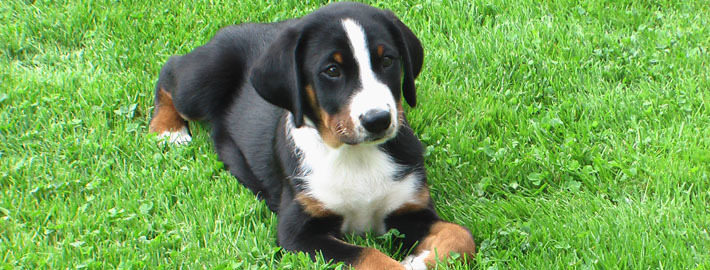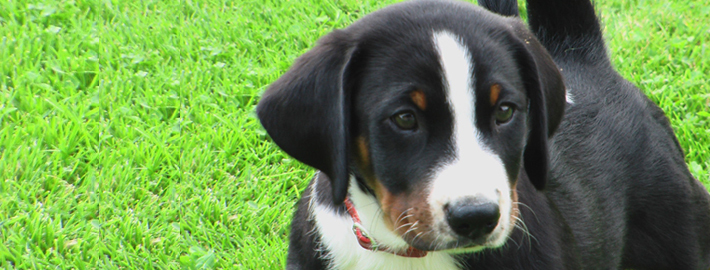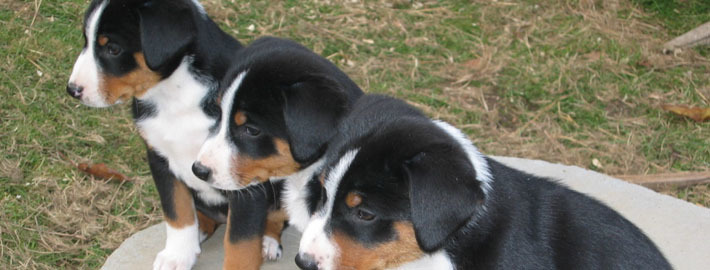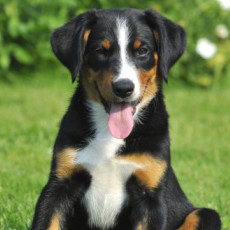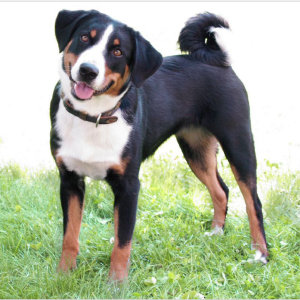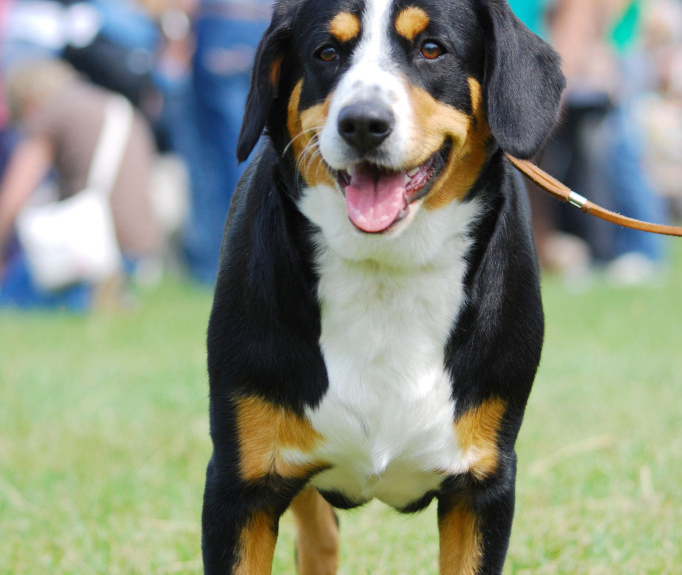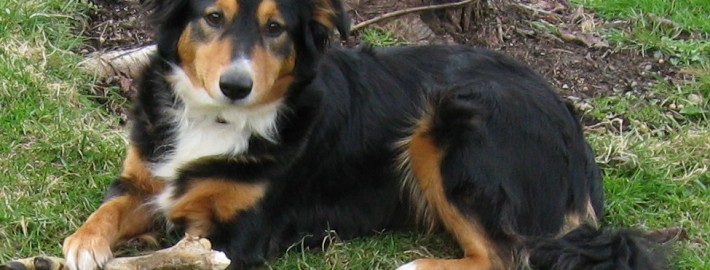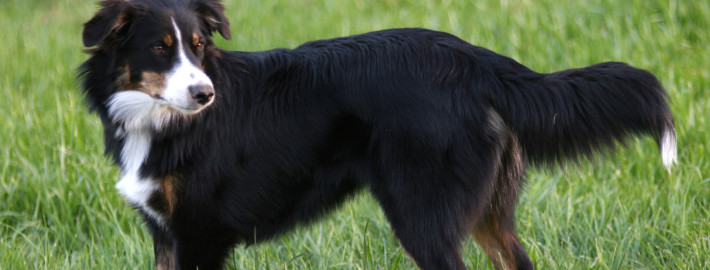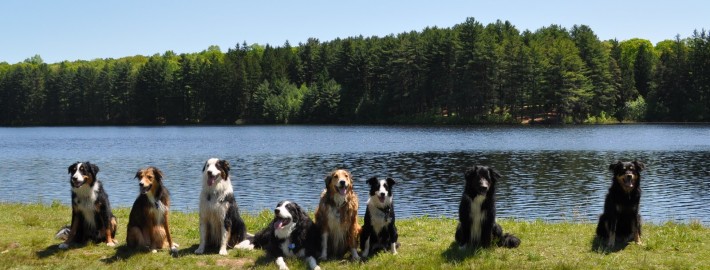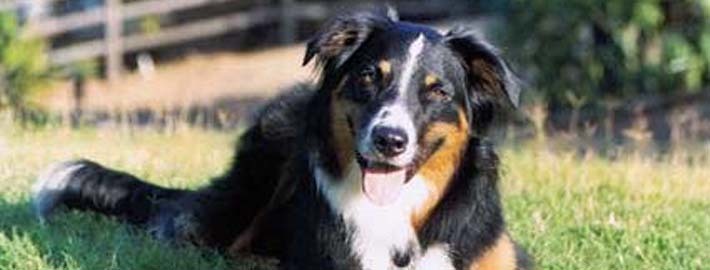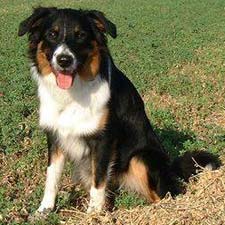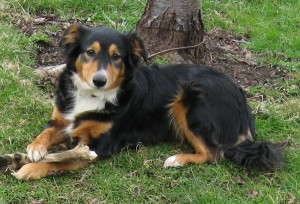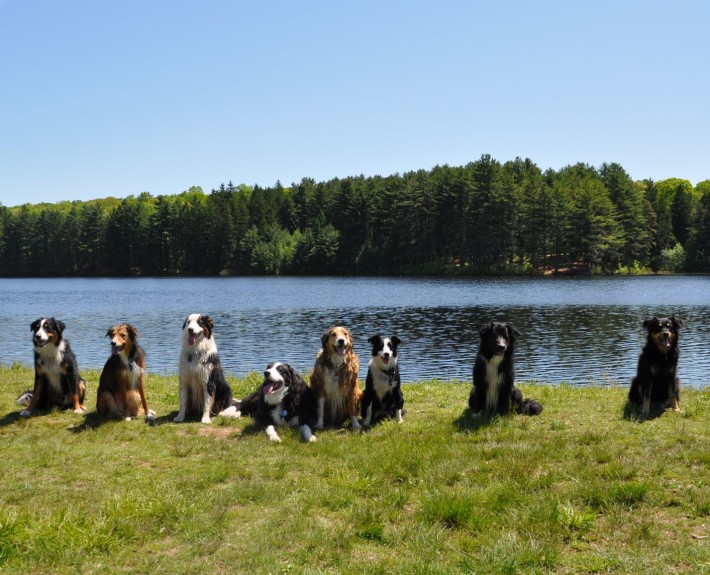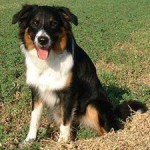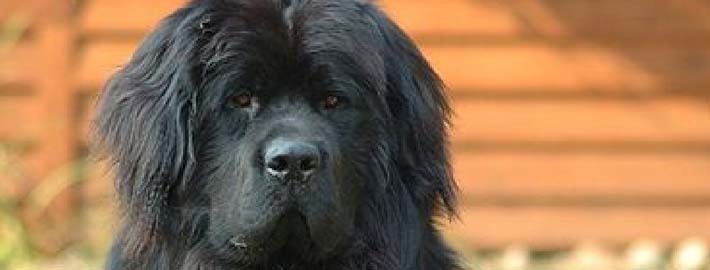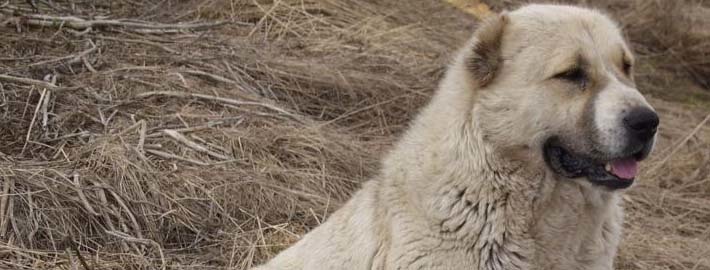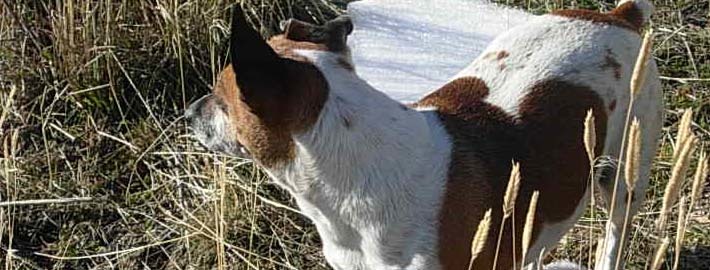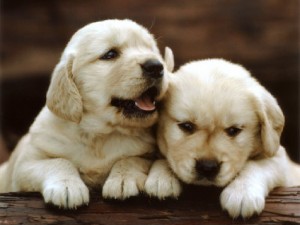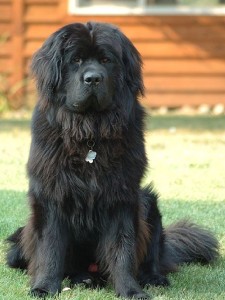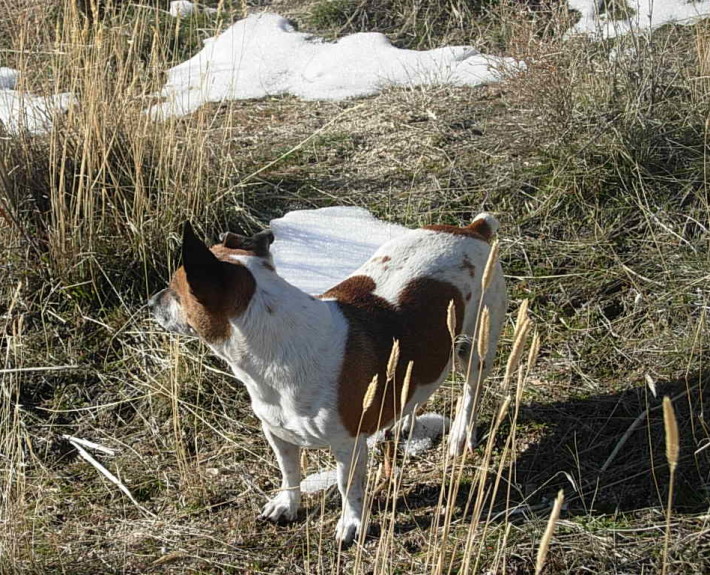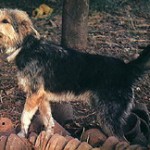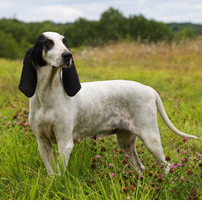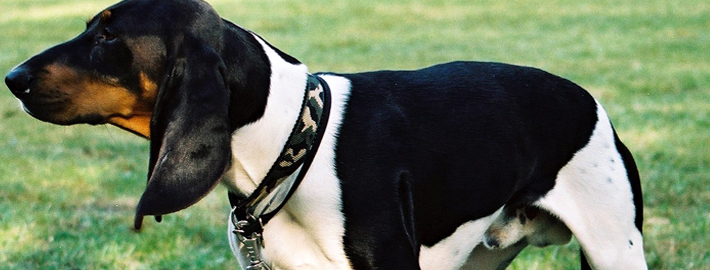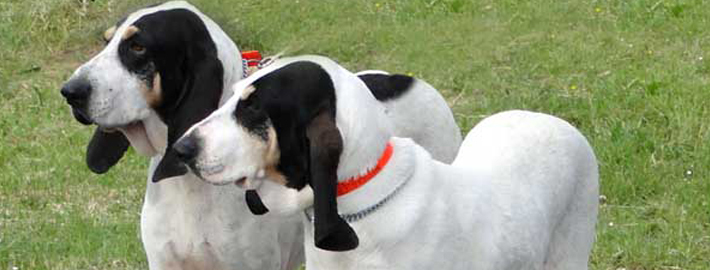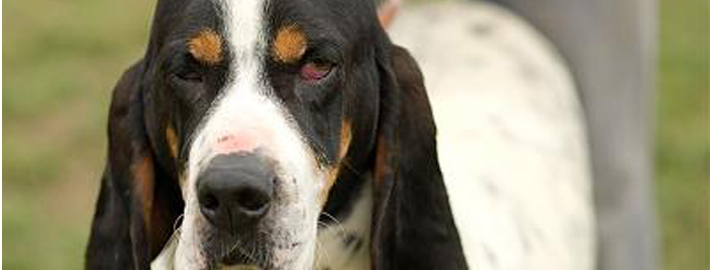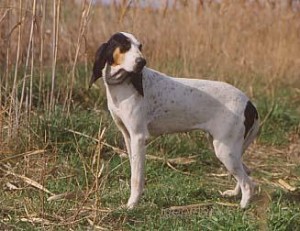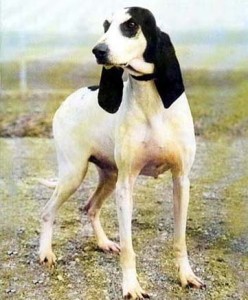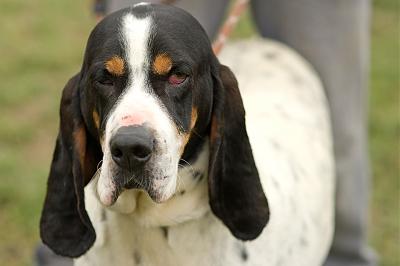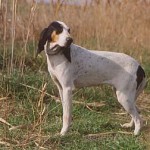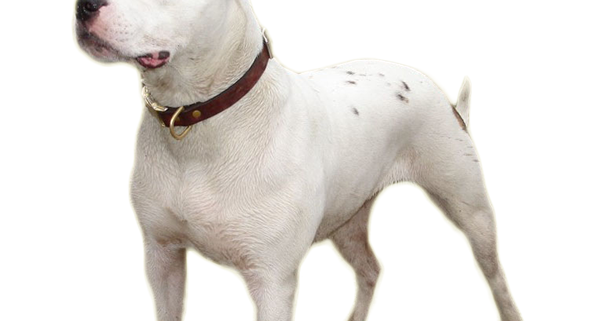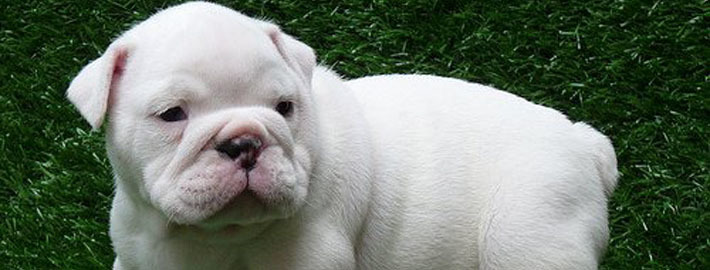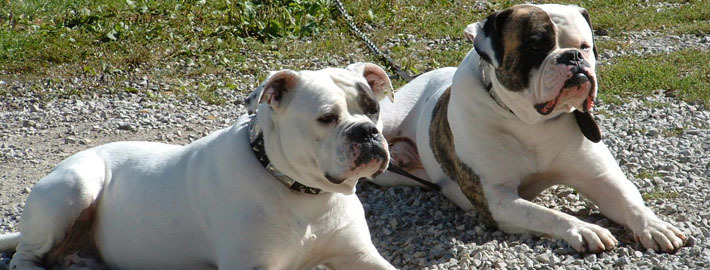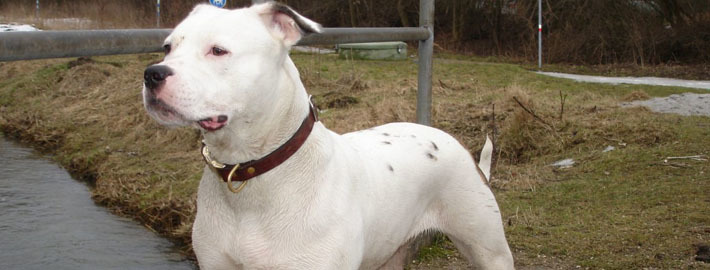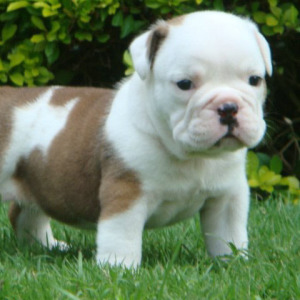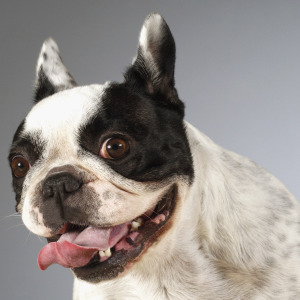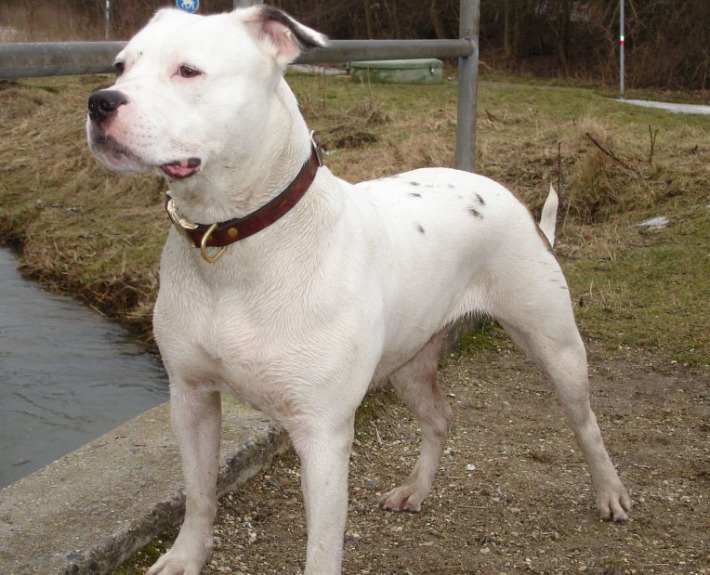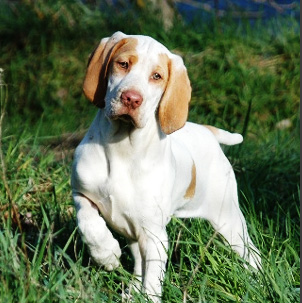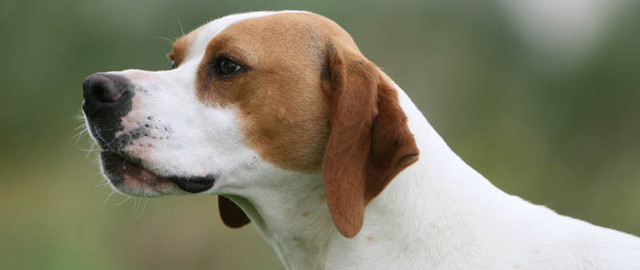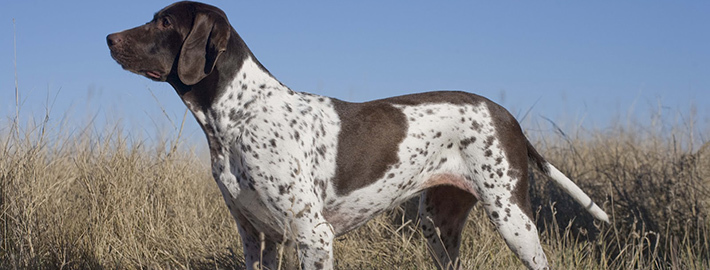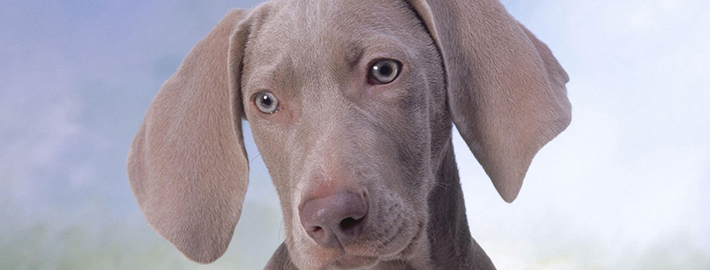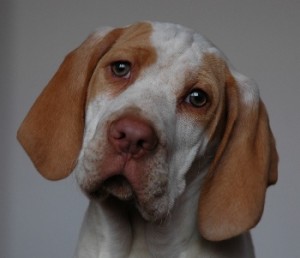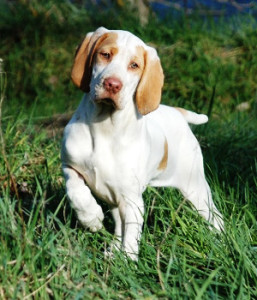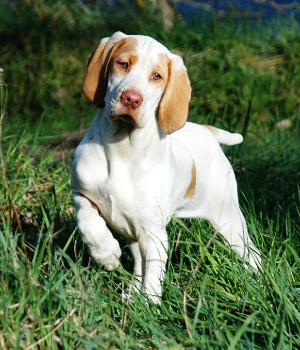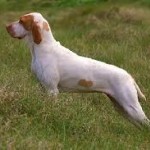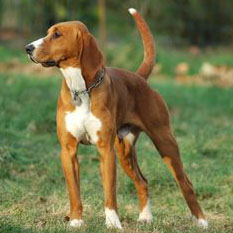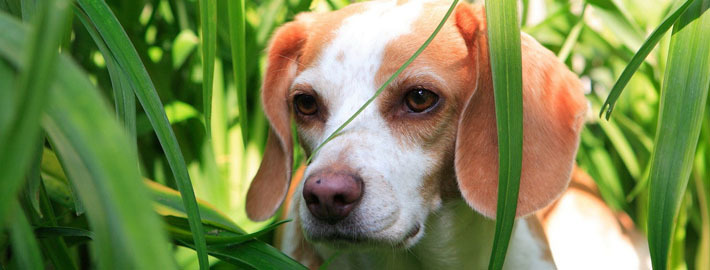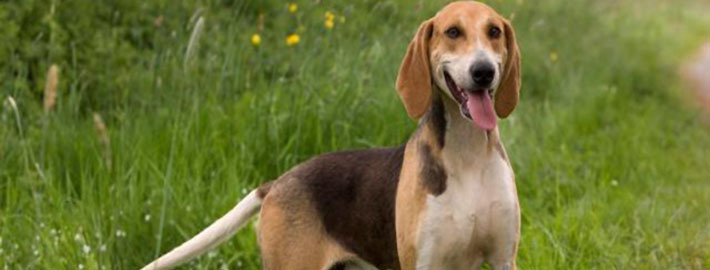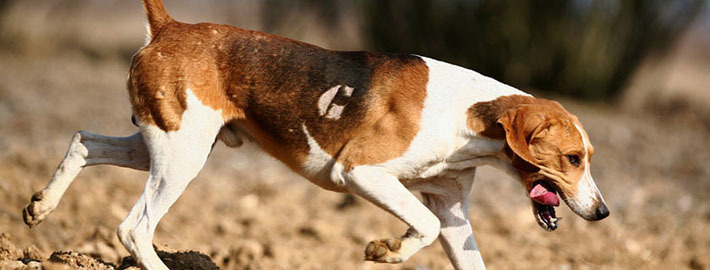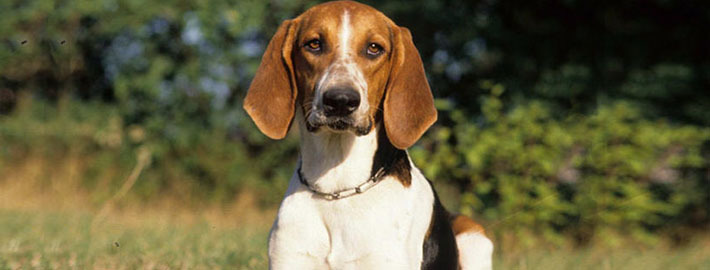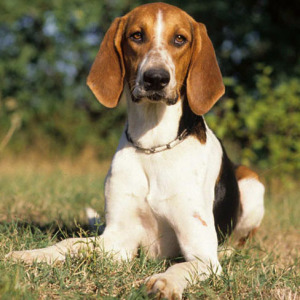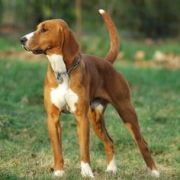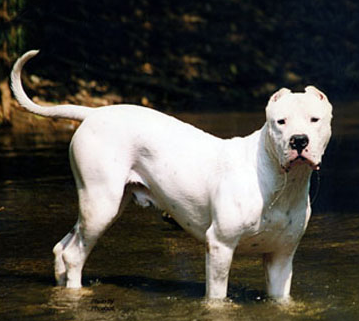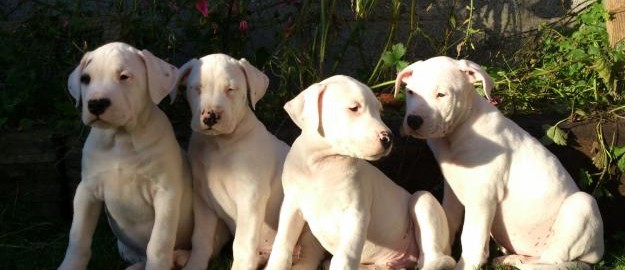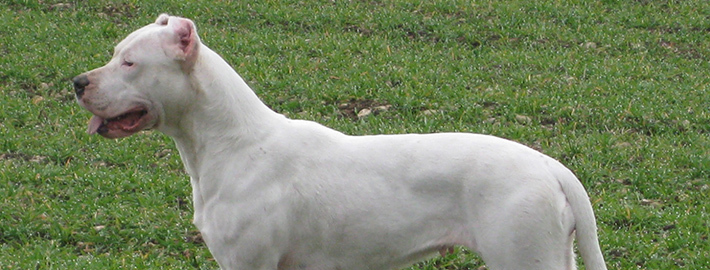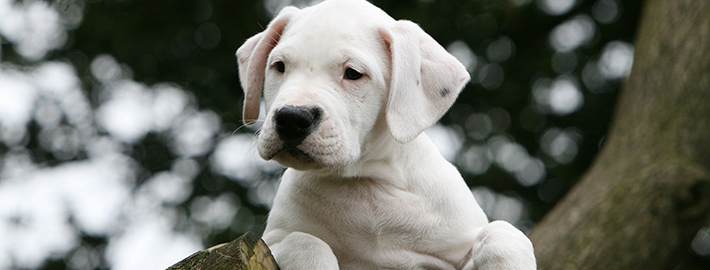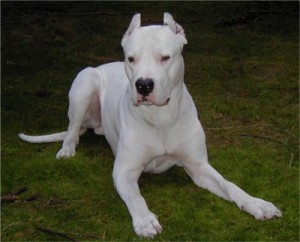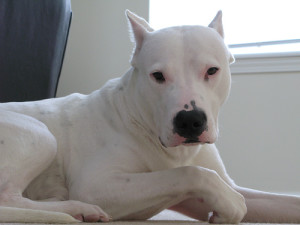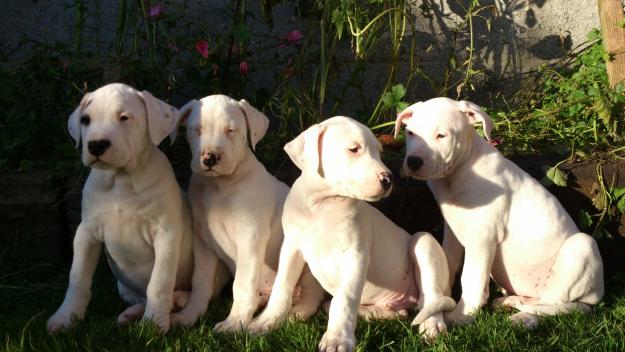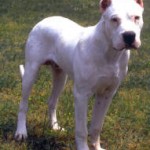Artois Hound
Artois Hound – Extraordinarily Athletic
What makes the Artois Hound Unique?
Artois Hounds, while renowned for their fine hunting abilities, also make great family dogs because of their affectionate and even tempered nature. They are extraordinarily athletic, but remain relatively calm indoors. However, these happy, high energy dogs do best in active households. This is an independent breed, but one that thrives with a stable, loving human family.
Page Contents
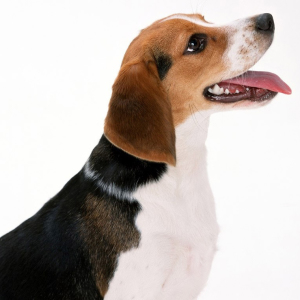
Is the Artois Hound Right For You?
These dogs are small in stature, but are well developed, with a strong and muscular structure. Because of the agility and their athletic build, they make good hunting dogs. The most interesting quality of this dog is that the Artois hound can maneuver its way, even through an area that is thickly forested.
Artois hound is known to have a friendly disposition and hence, they are great pets for families with children. Contrary to what many people believe, these dogs are not aggressive in the least, even though they can be a bit stubborn at times. Unfortunately, they do not make good guard dogs, maybe due to the fact that they are very friendly.
This breed needs to undergo motivational dog training, which should be imparted right from an early age. The approach adopted for training this breed needs to be active. These dogs have the tendency to be quite stubborn, but this trait can be controlled with the proper training. Even though the Artois hound makes an excellent hunting dog, there are several people who claim that they are good pets and make great companions too, since they have a stable temperament.
In 5 Words
- Energetic
- Brave
- Loyal
- Fast
- Independent
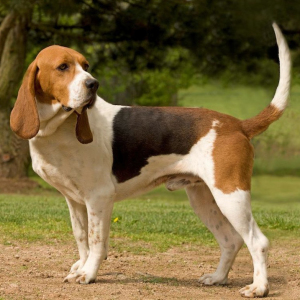
Characteristics
Learn About the Artois Hound
Description
The Artois Hound is a rare breed of dog, and a descendant of the Bloodhound. A scent hound 22-23 inches high at the withers, weighing anything between 55 and 65 pounds, it is a well constructed dog with a slow graceful gait. It has a large, strong head, a medium-length back and a pointed tail that tends to be long and sickle-shaped. Their ears are set at eye level; they have large prominent eyes and quite thick lips.
Short History of the Artois Hound
Arotis hound dog was previously called as Picard which was primarily used for hunting during the time of Henry IV and Louis XIII of France. It was recognized especially for its adept skill of hunting down the hare. The breed became extremely popular among the French hunters by the 19th century. Many British varieties of the breed were imported which led to the crossbreeding. This eventually deteriorated the pure Artois hound dogs. It was in 1880s that Ernest Levair and M.therouanne started a 20-year effort to get the original Artois breed. By the middle of the 20th century, Artois number had decreased considerably and thus it was listed in the group of rare species.
Temperament
The Artois Hound is an energetic dog that is brave and loyal. Though it has a large amount of endurance, it is calm and well balanced. It is a moderate sized dog that will feature the best characteristics of the scenthounds. It has a powerful sense of smell, and it is fast and independent. These dogs were bred to hunt rabbits, and they are proficient at this task. These dogs need to be trained by owners who are consistent. They are affectionate and loving to those that care for them. Like all scent hounds they are happiest when on the trail of a good scent.
Caring for Your Artois Hound
General Health
There are no known health problems that are specific to the Artois Hound. Any health problems it may develop can be found in most other dog breeds. Artois Hounds are generally hardy dogs that can live up to 13 years when they are taken care of properly. However, there are a few health issues some of these dogs can be prone to developing, and they include hip and elbow dysplasia, anesthesia sensitivity, ear infections, cryptorchidism, bloat, and primary lens luxation.
Grooming & Bathing
An Artois Hound does not require extensive maintenance. The short smooth coat is easy to maintain. Brushing the coat once or twice a week would be sufficient to maintain its good condition. This breed does not need frequent bathing. Simply wiping the coat with a damp cloth would remove dried up mud and dirt. The dog can be dry shampooed but if it is extremely necessary an Artois can be bathed using mild dog soap and warm water. Due to careful breeding, this breed suffers from very few health concerns. An Artois however is prone to ear infection. Be sure to include ear cleaning in the regular grooming of the dog to prevent ear infection from occurring.
Exercise & Training
This breed needs to undergo motivational dog training, which should be imparted right from an early age. The approach adopted for training this breed needs to be active. These dogs have the tendency to be quite stubborn, but this trait can be controlled with the proper training. Even though the Artois hound makes an excellent hunting dog, there are several people who claim that they are good pets and make great companions too, since they have a stable temperament. The average life expectancy of the Artois hound is between 12 and 14 years.

